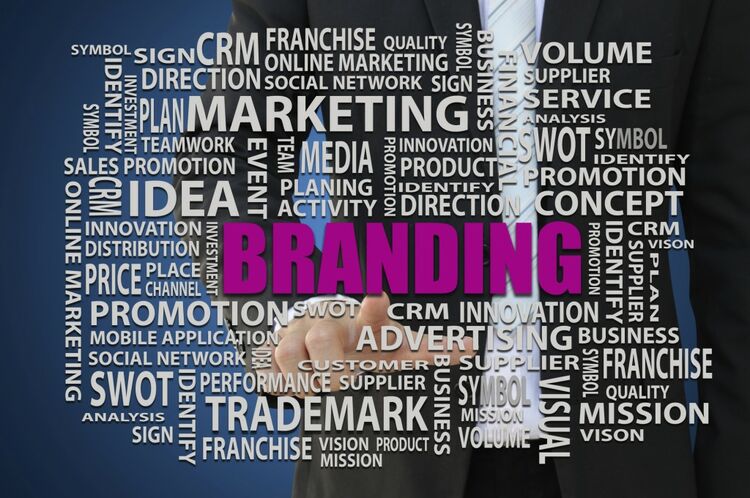#HRCarnival at #truLondon: 5 Employer Branding Truths
February 26, 2015 by Crystal Miller

No one can deny that employer branding is a hot, hot, hot topic in HR & Recruiting these days... and it's no surprise, given those with a dedicated employer branding initiative are 250% more likely to rate their talent acquisition programs as being highly effective. So how do you build a better brand? You start with defining what 'success' looks like and then build metrics to measure it against. Without further delay, here are 5 steps to take to build a true, measurable brand: TRUTH #1: Metrics mean nothing if you don't take the time to understand them. Employer branding metrics should be determined not only by financial resources, but the capabilities to support the compilation, analysis and reporting of the data your metrics are measuring. TRUTH #2: Metrics are not "one size fits all." The metrics you will use to measure your professional employer branding and recruitment marketing efforts will likely have variations from those used to measure university recruitment. That's not only okay, it's the way it should be: the talent attraction cycles are different, time-to-productivity expectations aren't the same, and there's likely a stronger focus on diversity yield by channel in university recruitment as opposed to professional focus on discipline yield by channel. TRUTH #3: Source of Hire (SoH) is NOT the holy grail of talent attraction metrics. In fact, in talent attraction (read: employer branding and recruitment marketing efforts) Source of Attraction (SoA) is just as important as the candidate-identified SoH. Why? Two big reasons:
- Talent Attraction is a multi-touch process, as with most marketing cycles. But if the only thing you measure is the last touch the candidate has before applying, you miss out on knowing the truth 'path of attraction.'
- Candidates frequently fail to correctly identify the Source that lead them to apply. There's a myriad of reasons ranging from not wanting to admit they were spending time on social media to an often mistaken belief that naming an employee as the source will given them a better shot at being hired.
To chart the entire attraction process requires you either utilize more advanced marketing technology such as 'cookie' tracking your candidate journey or using responsive screen size reporting to better understand your candidate journey. Setting up this process is a bit of work, but well worth the effort. TRUTH #4: Without Quality of Hire (QoH), you're not fully measuring the effectiveness of your employer branding efforts. Yet of those with a QoH measurement, many aren't actually including branding metrics because we're conditioned and used to using recruitment and HR metrics... but that's more based around how effectively was a candidate evaluated, acquired and retained... not attracted. For talent attraction QoH, it's important to clarify target candidate profiles (who you are trying to attract) and EVP characteristics to create a QoH blueprint - then measure how closely selected hires against that. This will also provide you with an acceptable QoH "culture fit" target range. TRUTH #5: And in 'truLondon' form, Mind the (Employer Branding) Gap. Sometimes there is a 'gap' that's created in the candidate-to-employment experience between candidate expectations from the promises of the employer brand created to the reality of the workplace. That gap can cause fractures in your workforce marketing, affecting employee advocacy efforts and more importantly, workplace culture and employee engagement. It's critical to continually assess engagement against brand image. This can be accomplished by continuing the candidate experience surveys post employment - ideally, survey new hires at 30, 90, and 180 days to evaluate gaps between employer brand promises / employee expectations / candidate experience.

